Parul Dave Mukherji, Dean of School of Arts and Aesthetics, JNU
What’s your definition of ‘contemporary art’ in Asia? How is it different from, say the last 20 years?
The clubbing of ‘contemporary’ with ‘Asia’ is quite recent and goes back to the 1990s. There is now lesser dependence of Western validation for artists to be ‘discovered’ in their own country.
How does it compare with contemporary art in Europe/Americas?
I don’t see any intrinsic differentiation with Western artists with the proliferation of new media art in Asia. What often gives away the ‘Asianness’ of Asian artists is the degree to which they draw their frame of reference from the West.
How’s the market for art evolving in India?
The private players like the art collector, art galleries and dealers are calling the shots and there is greater global connectivity among them. The art scene is now very diverse with many opportunities for emerging artists to gain visibility through social websites and networking. They need not depend on state patronage.
Please do include interesting factors that you think an art maven would like to know about the book.
It is both alarming and reassuring that while the state patronage has receded since last 20 years, many private art galleries are taking upon the role of not only patronizing artists but also art documentation and archiving.
This will change the character of art as the reference to the nation state is withering and the artists often see themselves as ‘global citizens’. This may lead to more elitism in art than what already exists. Here, state intervention can come as a corrective.
The success of the art fairs is worth pondering upon. They have the potential of democratizing art in the way they offer a wide public access. If these coincide with state initiatives in boosting the education sector (Humanities, not just art education), then ‘real’ development can ensue.


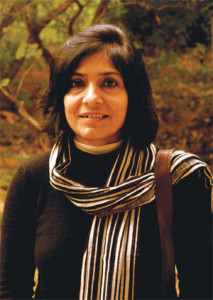

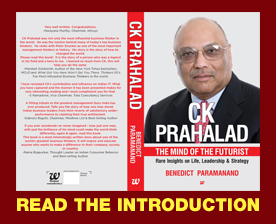


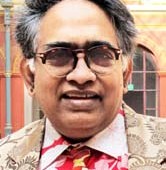
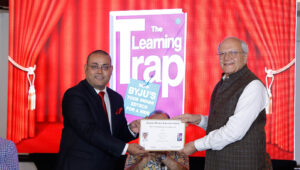
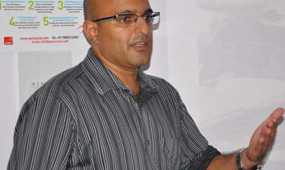


Recent Comments